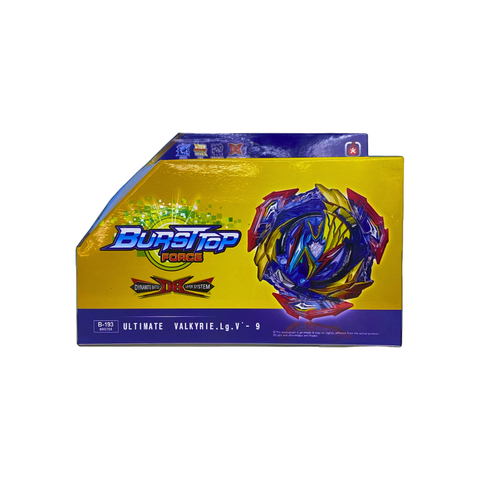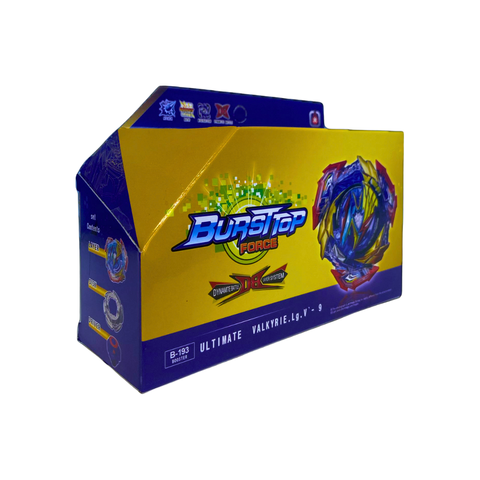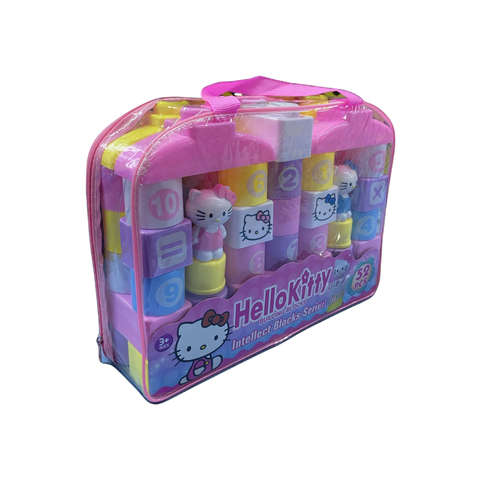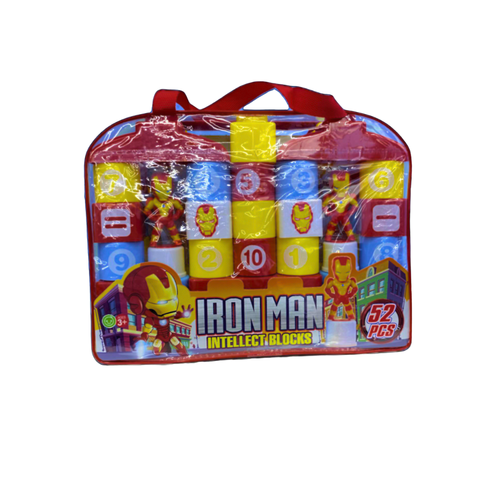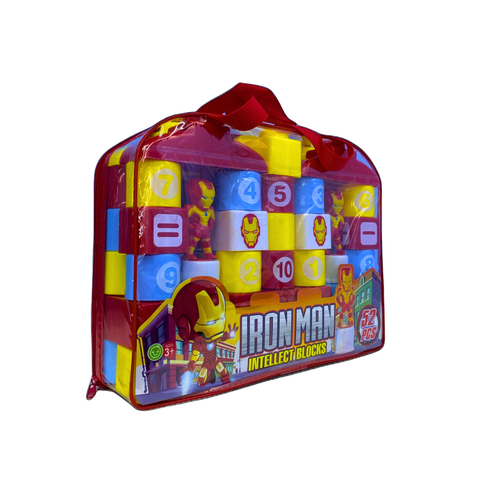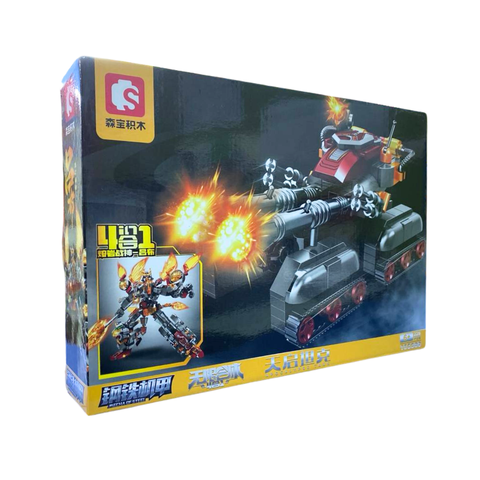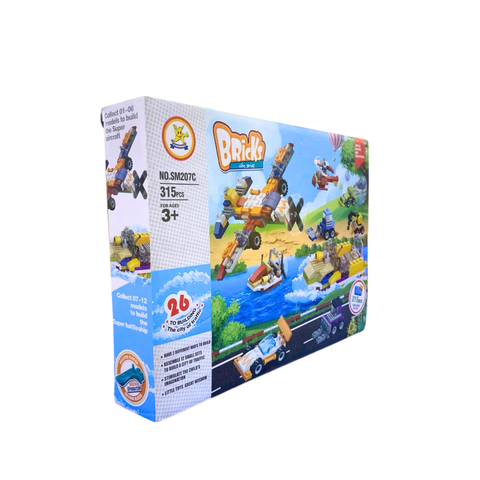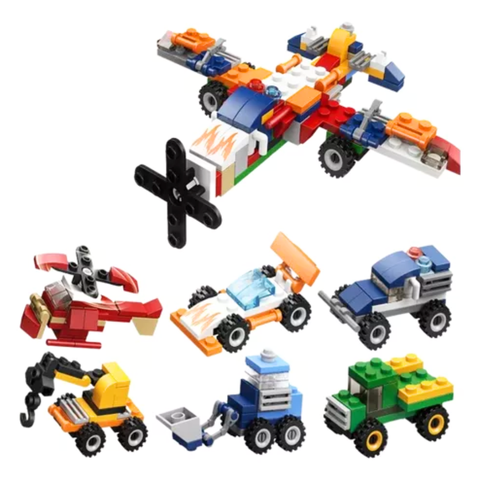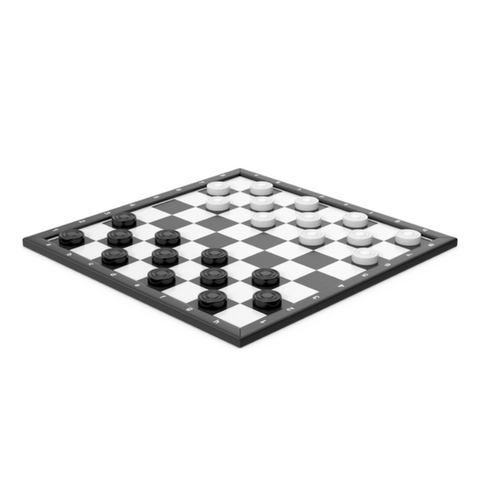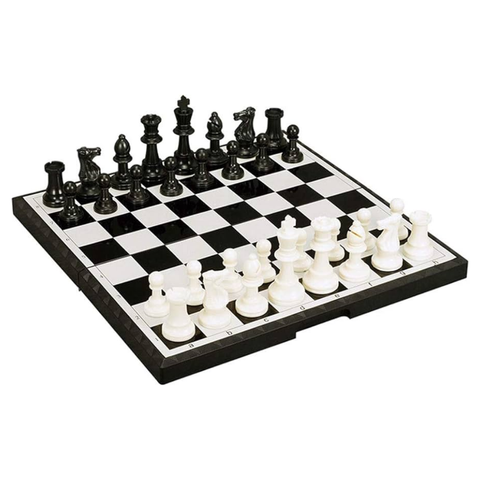
The world of toys is not just about solo play or casual fun; it has also given rise to competitive sports that test skills, strategy, and creativity. These competitive aspects often transform playful activities into serious contests, engaging enthusiasts of all ages. Here’s a look at how toys have evolved into competitive sports, highlighting some of the most popular examples and the impact they have on participants.
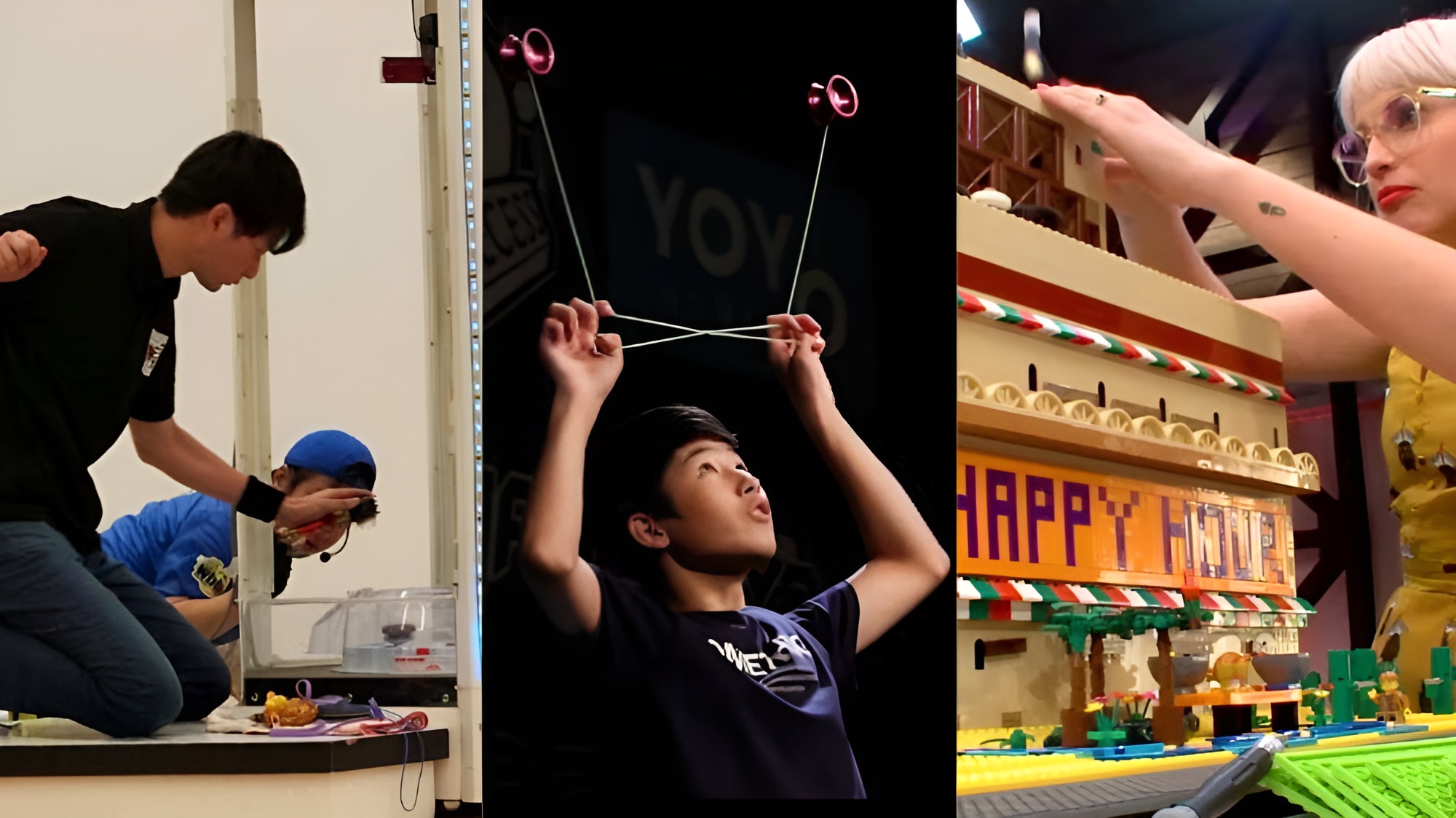
The Evolution of Competitive Toys
What begins as a simple plaything can sometimes develop into a competitive sport. This transformation often involves creating standardized rules, organizing tournaments, and developing skill sets. Some toys that have made this leap include:
Yo-Yos: Once a classic pastime, yo-yoing has become a competitive sport with international events. Competitors perform tricks and routines, judged on difficulty, execution, and creativity. The World Yo-Yo Contest and national championships attract skilled players from around the globe.
Beyblades: These spinning tops are a favorite among children, but they’ve also sparked competitive play. Beyblade tournaments feature players battling with customized spinning tops, aiming to outlast their opponents in the arena. The competitive scene includes local, regional, and international competitions.
LEGO Building: LEGO bricks have become the foundation of competitive events such as LEGO robotics and building challenges. Competitions like the FIRST LEGO League and LEGO Masters showcase participants' creativity, engineering skills, and problem-solving abilities. Contestants build intricate structures or robots and compete based on design, functionality, and innovation.

Competitive Board Games and Card Games
Board and card games have long been staples of competitive play, with many becoming serious sports. Key examples include:
Chess: Chess is perhaps the most renowned board game with a competitive edge. International tournaments, such as the World Chess Championship, see players from around the world compete at the highest level. Chess combines strategy, skill, and mental endurance.
Rubik’s Cube: The Rubik’s Cube has inspired a competitive scene with events such as the World Cube Association (WCA) competitions. Speedcubing challenges participants to solve the cube in the shortest time possible, with various categories including different cube sizes and solving methods. The sport highlights dexterity, problem-solving skills, and mental agility.
Yu-Gi-Oh!: This collectible card game, based on the popular manga and anime series, has a robust competitive scene. Tournaments such as the Yu-Gi-Oh! World Championship and regional qualifiers draw players who build and refine decks to outwit opponents. Strategy, deck-building skills, and a deep understanding of game mechanics are crucial for success in these competitions.

The Rise of Competitive Toy Sports
Some toys have given rise to entirely new competitive sports, blending traditional play with structured competition:
Drone Racing: Drones have evolved from hobbyist gadgets to competitive racing machines. Events like the Drone Racing League (DRL) feature pilots navigating high-speed courses with FPV (first-person view) drones. The sport combines technology, skill, and strategy.
RC Car Racing: Remote-controlled (RC) cars have a dedicated competitive scene, with races ranging from local clubs to international championships. Competitors navigate tracks with precision, showcasing driving skill and technical knowledge.
Robot Combat: Inspired by shows like “BattleBots,” robot combat involves designing and building remote-controlled robots that compete in arena battles. Competitions test engineering, strategy, and combat skills, with events drawing significant spectator interest.
The Future of Competitive Toy Sports
As technology advances and new toys emerge, the landscape of competitive toy sports is likely to continue evolving. Innovations in toy design, new gameplay mechanics, and global connectivity will shape future competitions. Whether through virtual reality, enhanced robotics, or novel game formats, the world of competitive toy sports promises to remain dynamic and exciting.
In conclusion, toys have transcended their traditional roles to become central elements of competitive sports. From classic games like Uno to modern phenomena like drone racing, competitive toy sports offer opportunities for skill development, community engagement, and innovation. As these trends continue to grow, they highlight the enduring appeal of play in its most competitive and creative forms.

